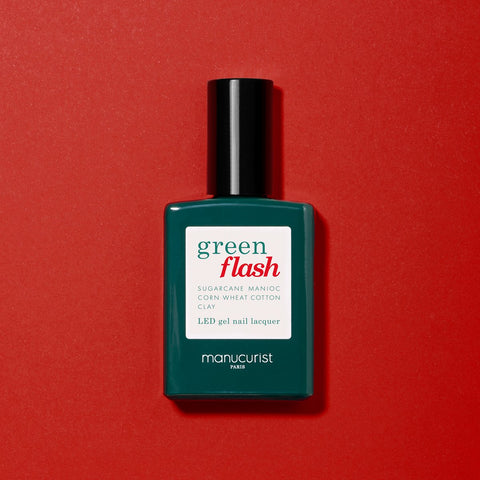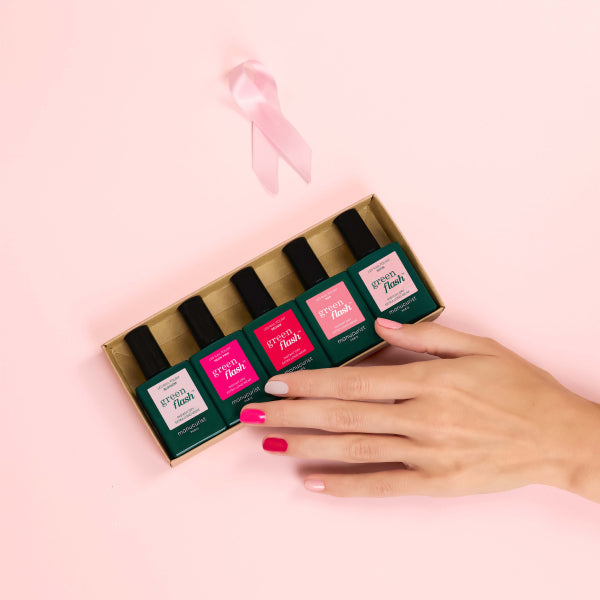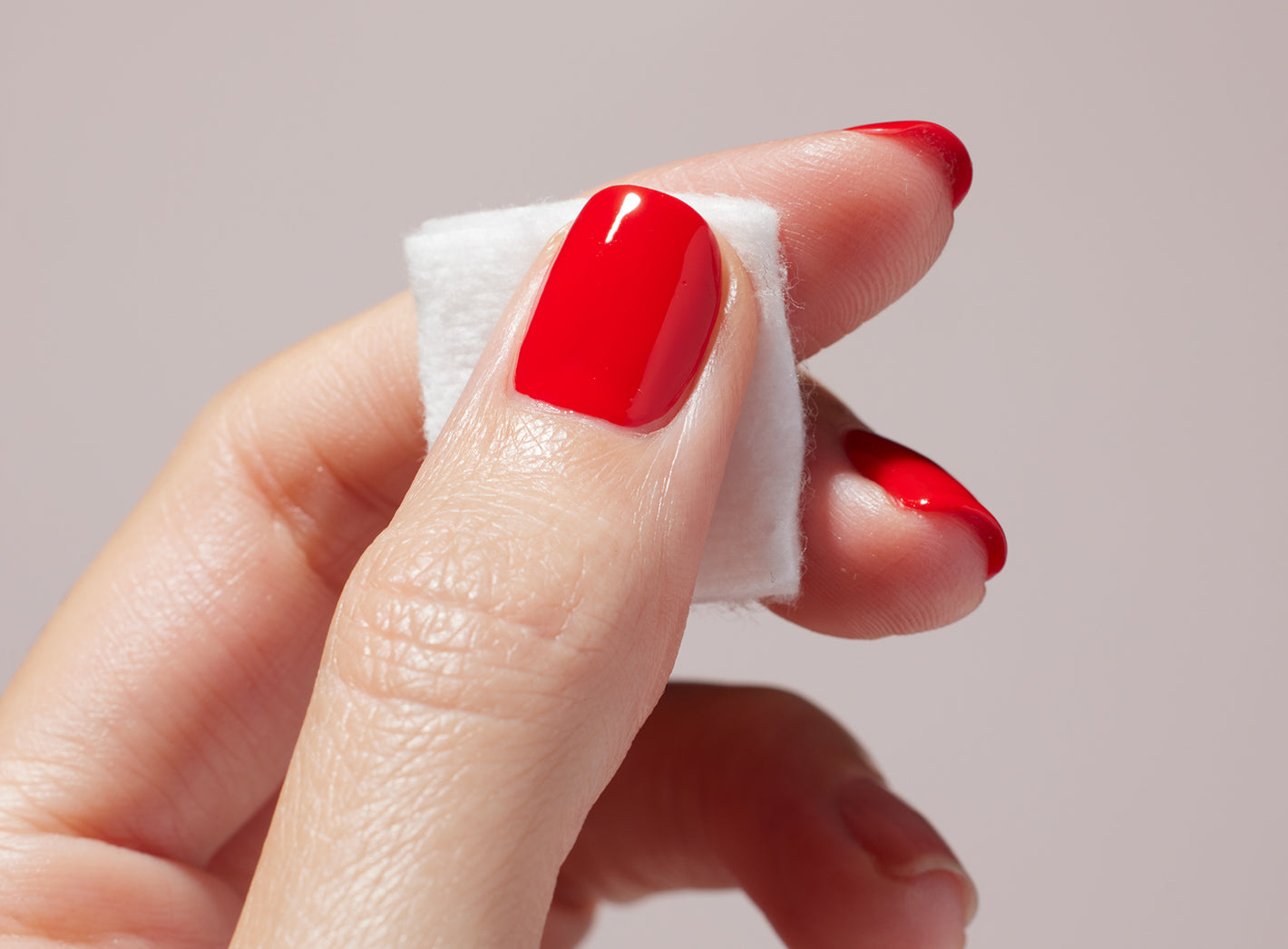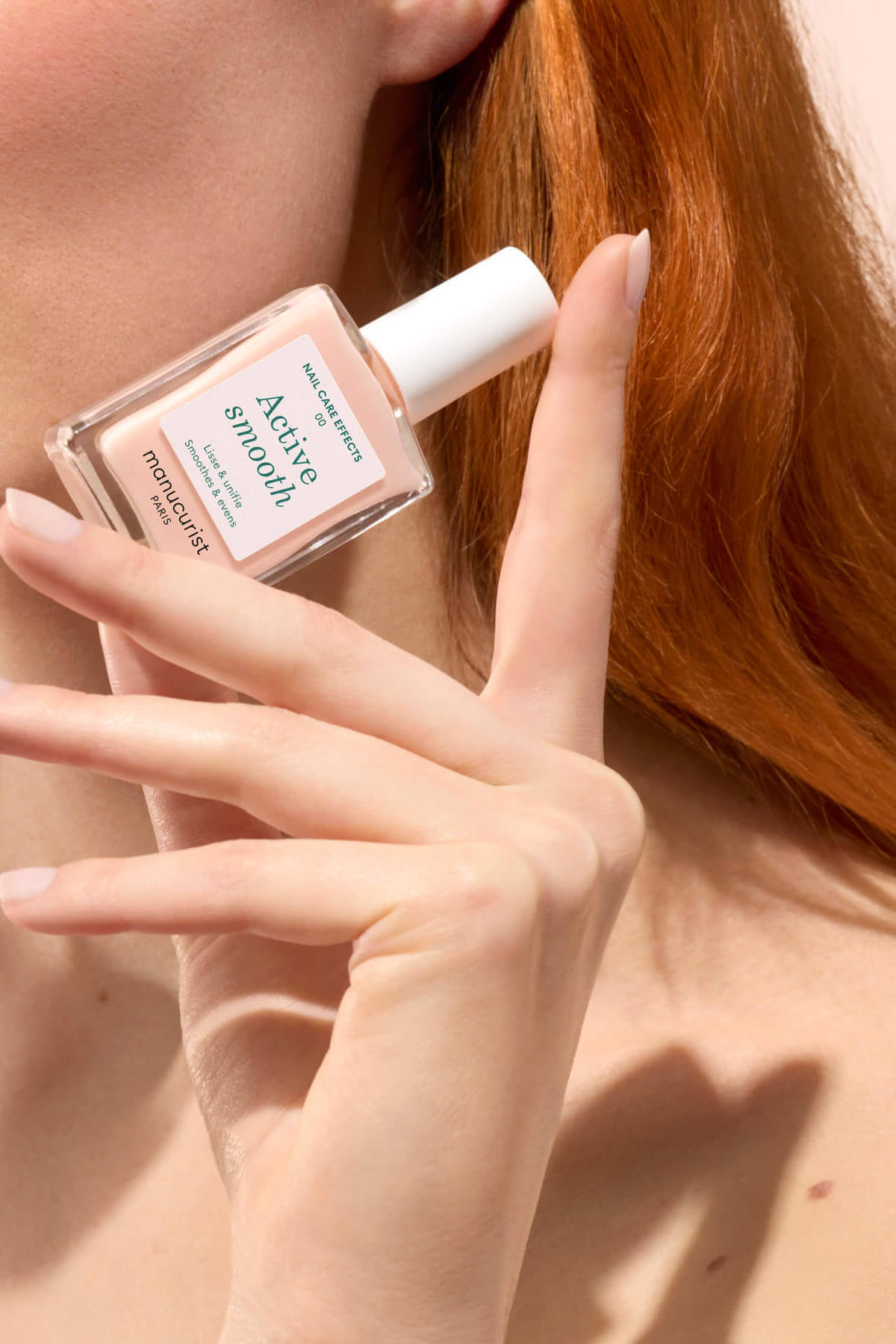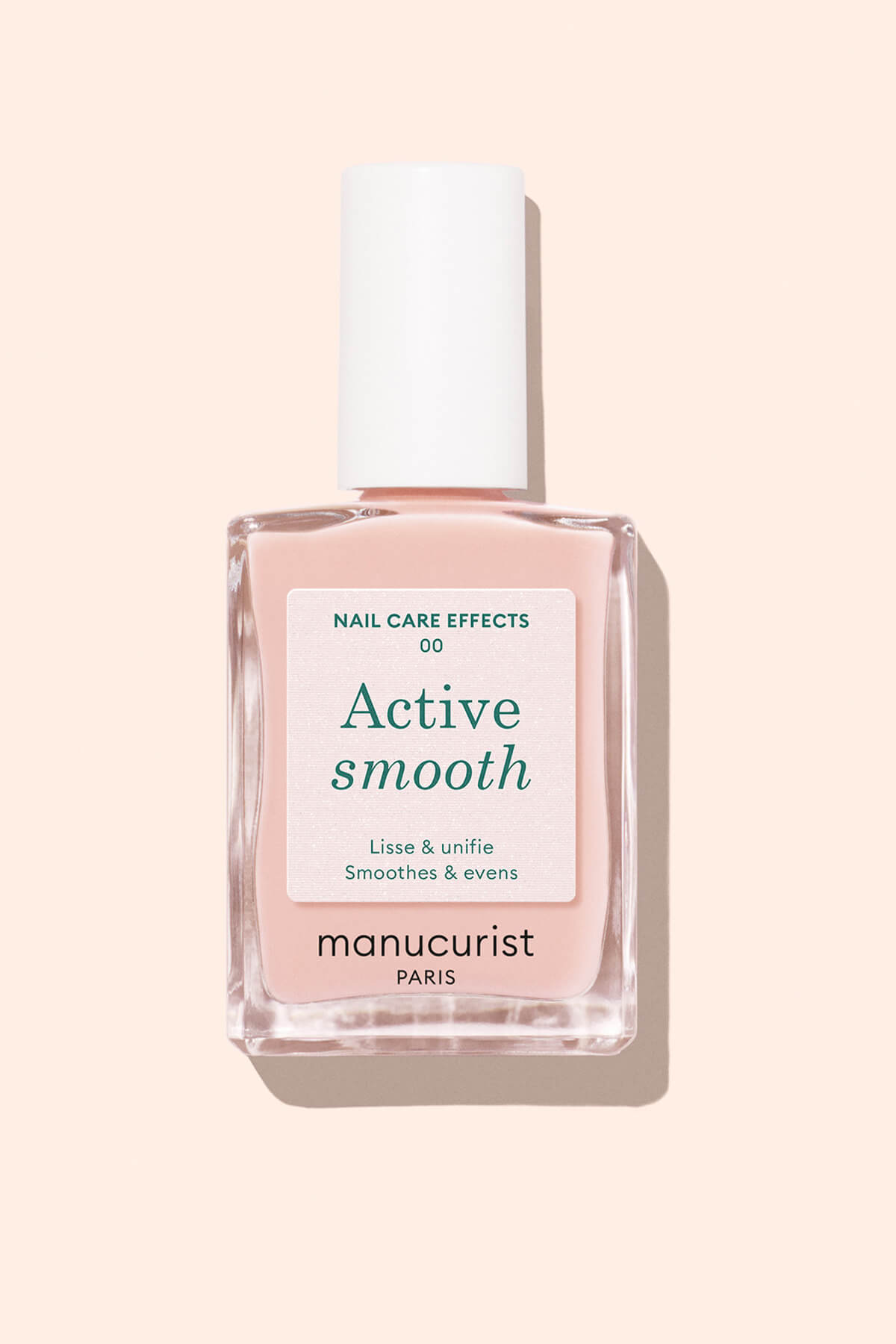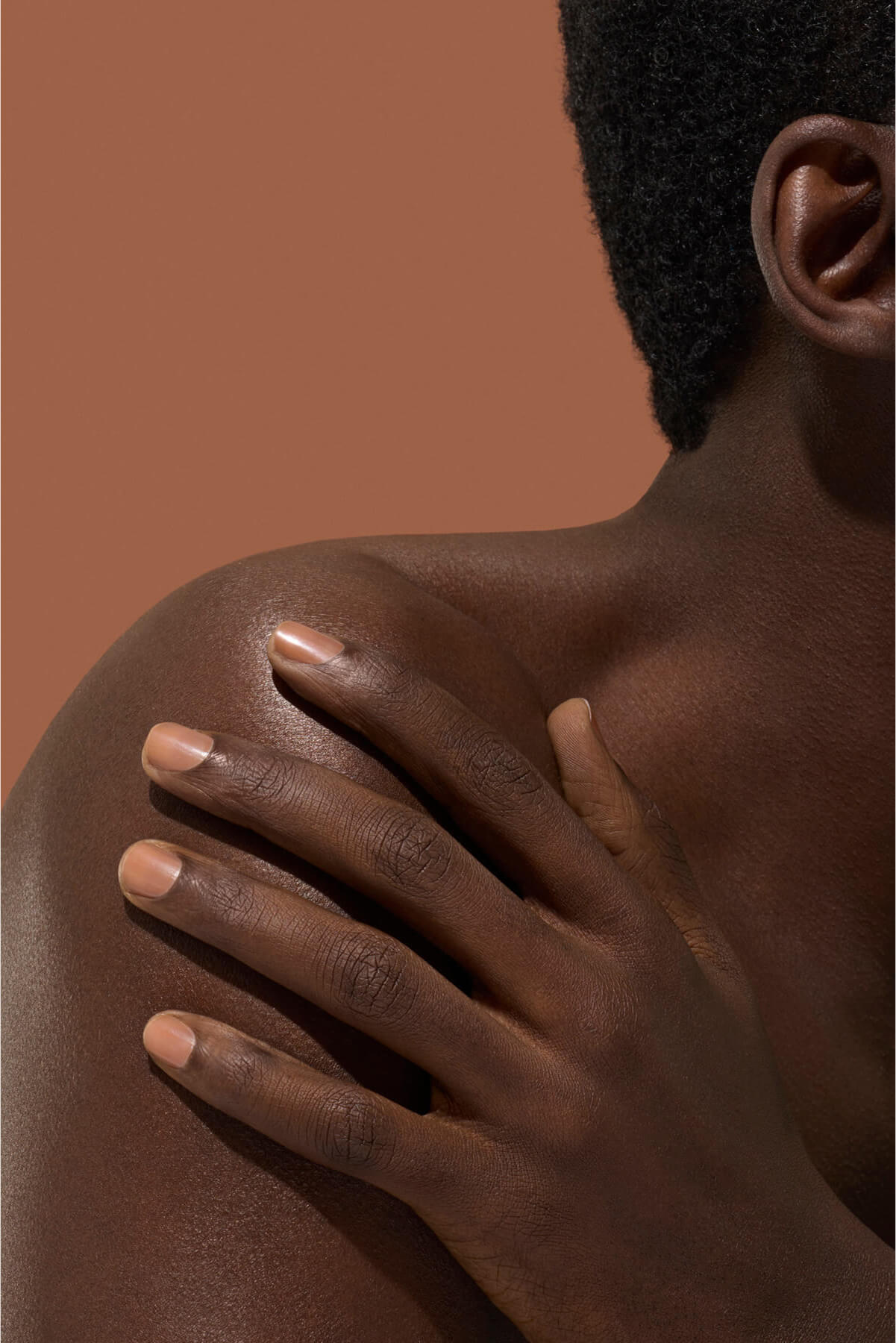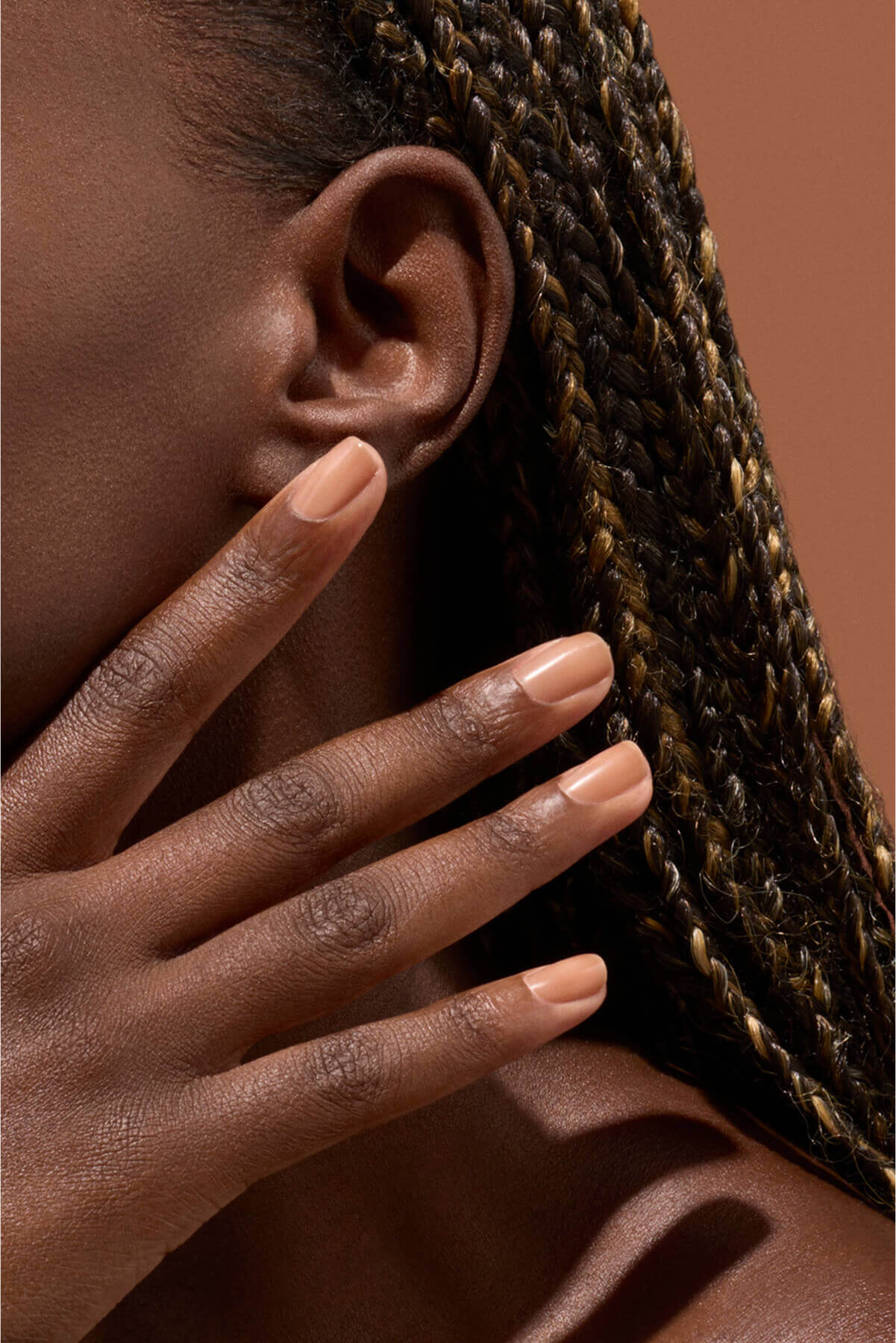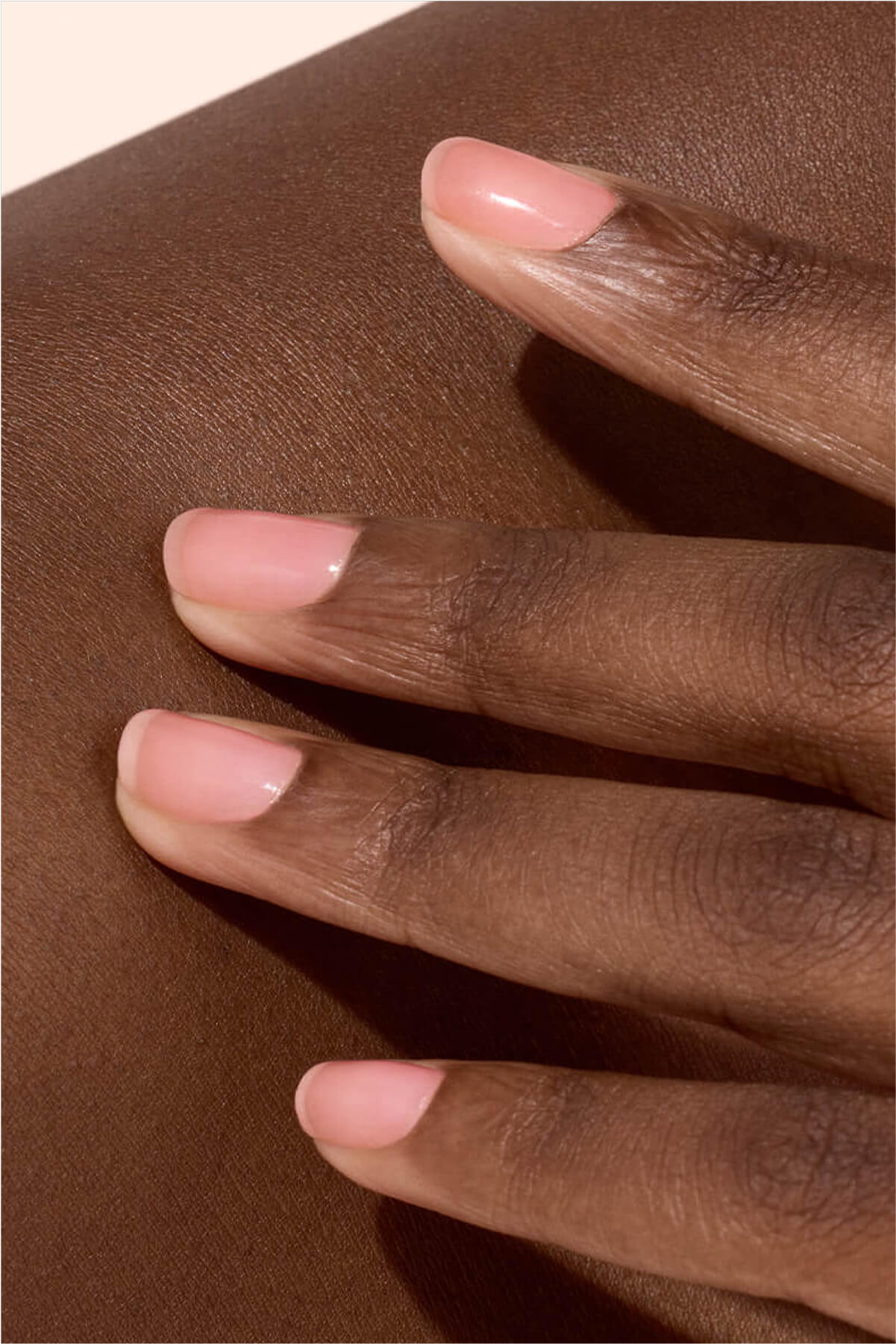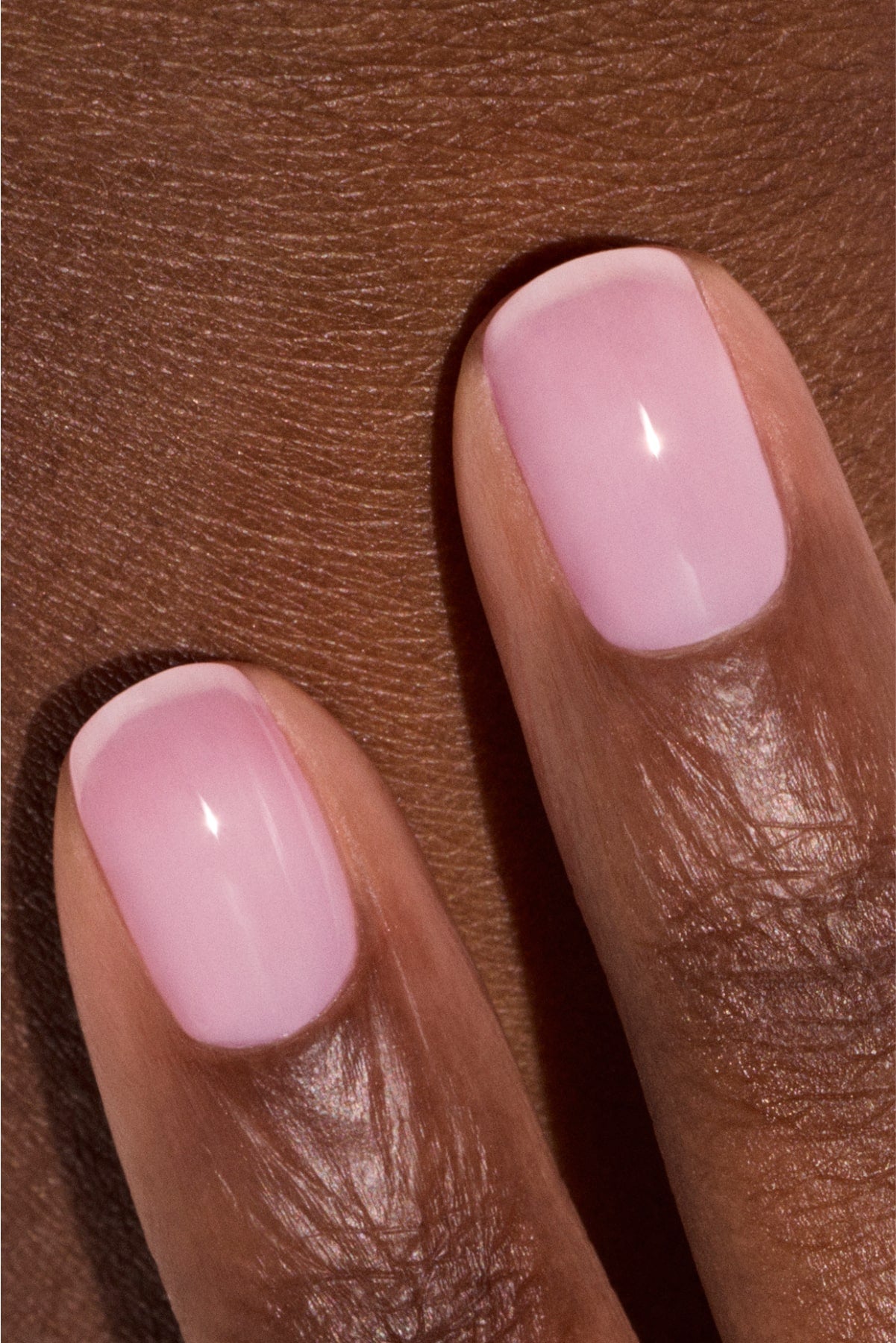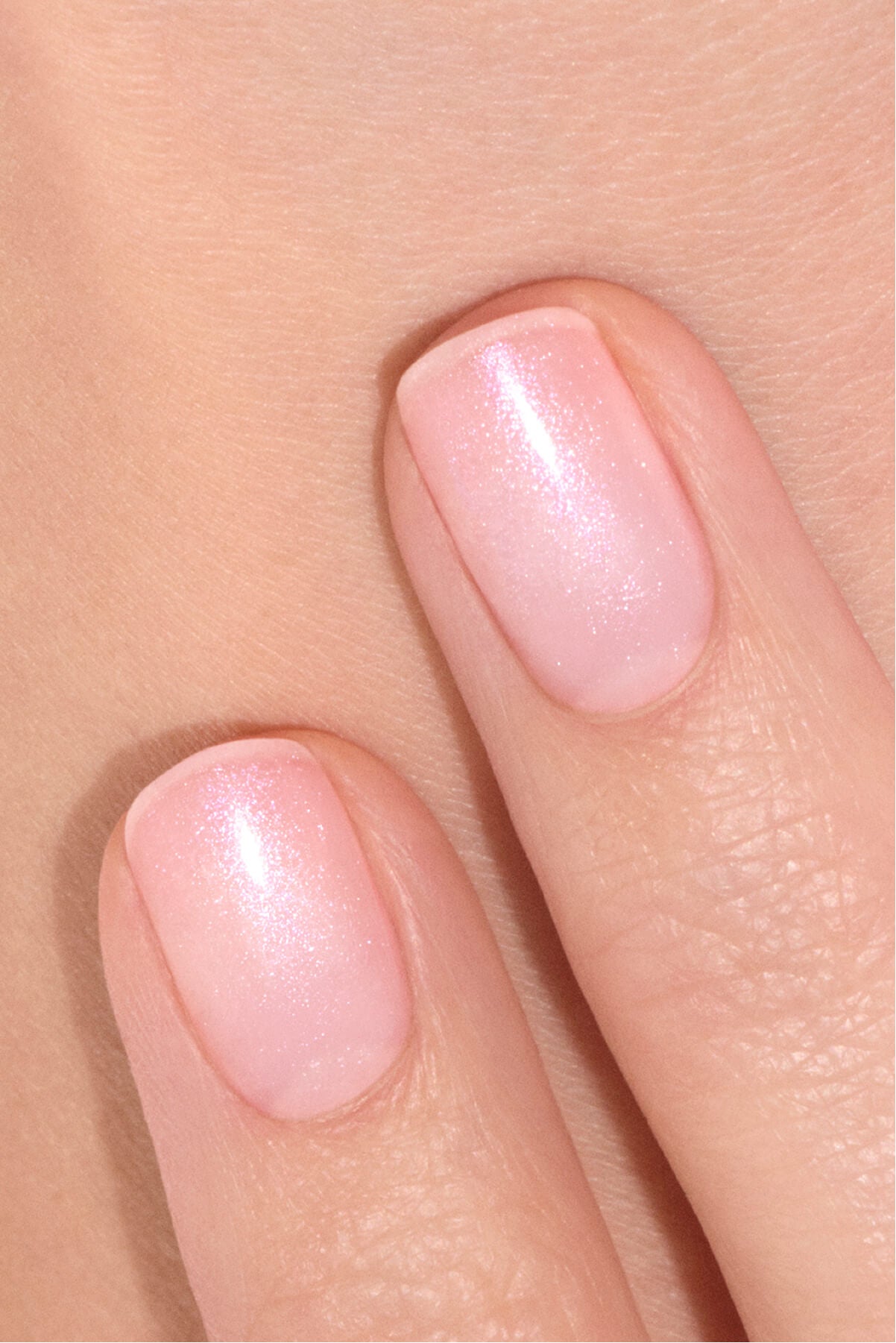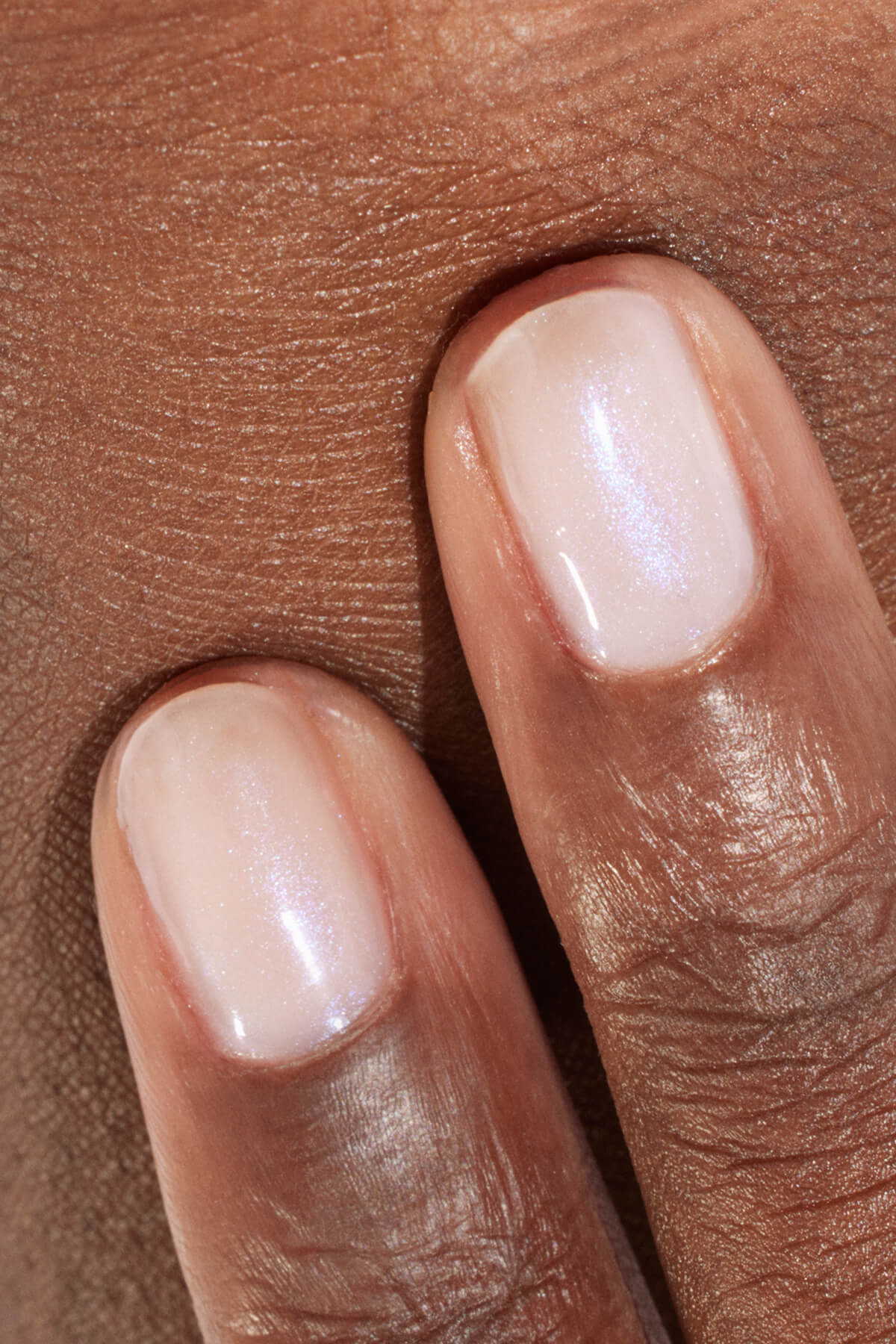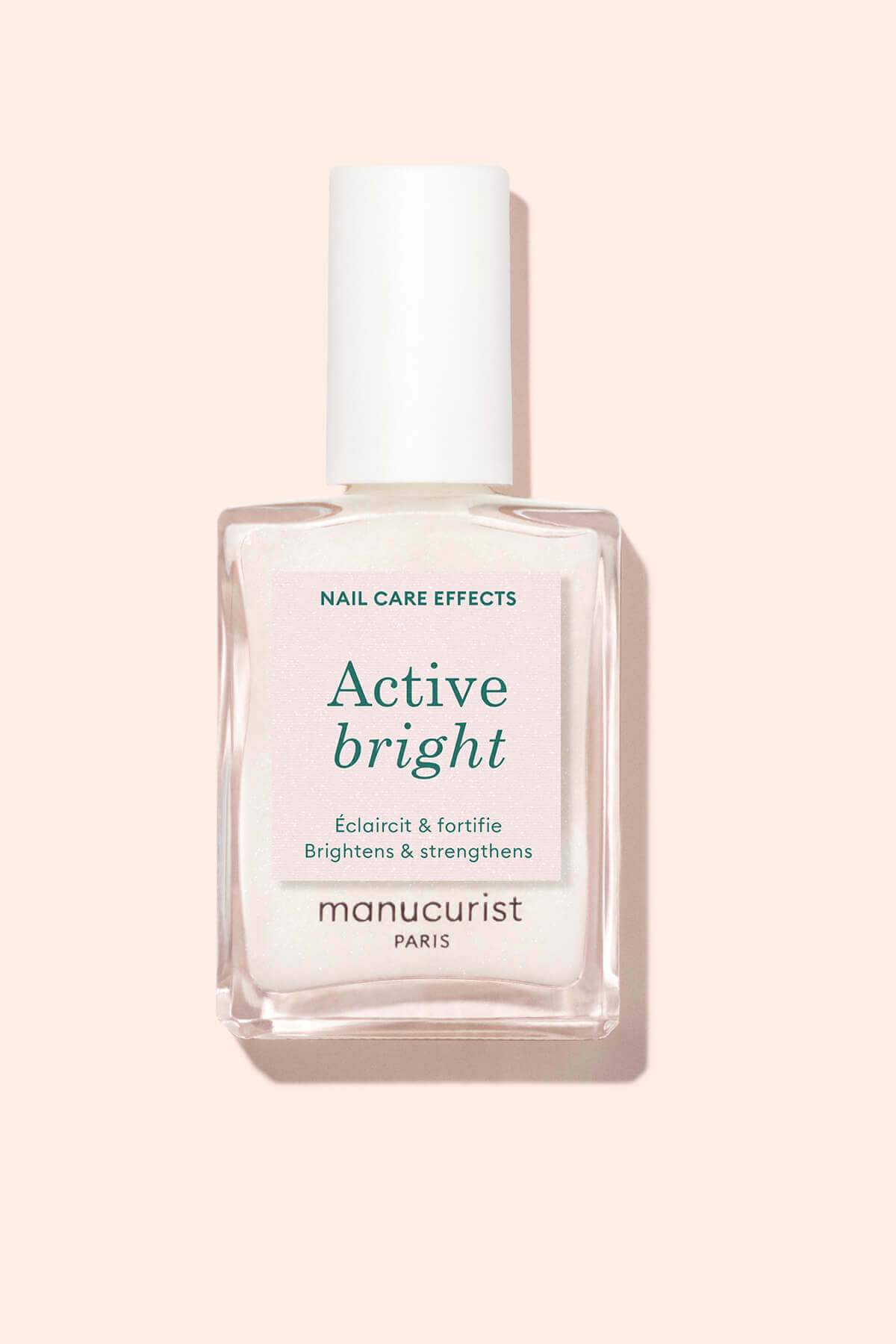Since its release in 2019, we repeat it to you: the green flash is a real innovation on the semi-permanent market. But how is it different from the old generation semi-permanent? What more or more, what is it less?
the Traditional semi-permanent, What is that ? This type of varnish emerged around 2011 by presenting itself as an alternative to colorful gels. Unlike the latter, who withdraw by losing the nail, the semi-permanent is deposited thanks to a dissolving without acetone: it is therefore much less abrasive. It also holds its promises in terms of outfit: it resists for at least two weeks. In addition to that, drying is super fast: just pass the hand a few tens of seconds under a LED lamp between each layer. What to seduce the pressed consumers who do not want to take care of their nails every 3 days!
But when we look at the list of ingredients, excitement falls like a soufflé ...
A composition not really flawless
Indeed, in the majority of semi-permanents on the market, there are different molecules not super safe for your health.
MonomersHema and Di-Hema-Tmhdc, Too small to be honest
First, let's talk about Hema monomers and Di-Hema-TMHDC. These molecules belonging to the chemical family of acrylates or methyl-acrylatesare responsible for the grip of the nail varnish and represent 10 to 20% of the total semi-permanent formula. They are often found under the HEMA, HPMA or THFMA appellations.
When you pass the hand under the LED lamp, the molecules react with the UVs emitted by the lamp and bind one to the other, forming a polymer network. Result, after this chemical reaction, we obtain a layer of completely solidified varnish: it is said that the catalyzing formula or that it polymers.

The risk with these small molecules is that they are Reactive, sensitizing and volatile.During installation, if they come into contact with the skin or cuticles, they can enter the epidermis and cause Skin allergic reactions. In addition, not all react to form a polymer, some remain in the form of monomers. When removing the semi-permanent, they require the use of acetone and an abrasive sanding of the nails to remove all the residues.
According to An ANY article in the ANSES, these acrylate and methacrylate monomers are sensitizing (responsible for contact allergy dermatitis), irritating and, because of their volatile properties,are also implicated in certain respiratory problems such as asthma.
Other dermatological studies have demonstrated the allergic effects of monomers present in gels and semi-permanents: they are often responsible for itching, erythema and design in terms of hands. We can cite The study by Taiwanese Dermatological Association In 2018: it reports dermatitis following a repeated application of products containing monomers.
Since September 2021, according to the new European regulations, given the risk of contact with the skin at the time of the application, The semi-permanent varnishes containing these two molecules are prohibited from sale to individuals. Only manicure professionals are authorized to use them as an institute and under conditions.

Hydroquinone, a preservative who does not want you good
In addition to the monomers not really safe, the semi-permanent classicalso containhydroquinone. This molecule is a preservative: it will stabilize the formula to prevent the varnish from reacting with the dioxygen present in the air (not easy to apply your varnish once it is completely solidified in the bottle!).
The downside: this compound is classified cmr (REPROTOXIC MUTAGENE CANCERGENE). This is why this molecule is not allowed in beauty products intended for the general public. For professional products, this compound is highly regulated: the hydroquinone concentration must be less than 200 ppb (part per billion). That is to say that for a billion molecules constituting the semi-permanent formula, only 200 can be hydroquinone molecules.
You understand that with all these risks, we have not planned to offer you a traditional semi-permanent Branded Manucrist. But that was before Green Flash innovation ...
Why is Green Flash different?
You may have known the Green Flash since its release in 2019, but the adventure started much earlier. We have worked more than a year on a formula non -allergen, nor carcinogenic which excludes controversial molecules. We explain to you how we were able to replace the substitute the monomers of Hema, the Di-Hema-TMHDC and theHydroquinone to offer you the 1st semi-permanent clean of the market !
Unrecognizing copolymers
Exit them monomers of Hema and the Di-Hema-TMHDC, You will not find it in Green Flash. To replace them, our formula containsNon-sensitizing co-polymers.Their action remains the same: thanks to UVs, they bind each other to form a network: and presto, your green flash is dry!

Bigger that moleculesof Hema and Di-Hema-Tmhdc, our copolymers are non -sensitizing, non -volatile, do not penetrate the skin barrier And therefore do not cause an allergy. And especially our copolymers Take away as a varnish, using a gentle solvent without acetone without damaging the nails. And that is also a real revolution!
Say goodbye to hydroquinone!
We have chosen to replace this preservative with butylhydroxytoluène or BHT (not to be confused with the BHA which is potentially carcinogenic). This molecule is itself controversial for use on the skin or in significant ingestion. Its use is therefore logically supervised by the European cosmetic regulations and toxicological studies have been carried out on this molecule. No risk has not been highlighted for an application on the nail in very small quantities: the BHT turns out to be the best alternative to hydroquinone.

But we don't stop there ...
Green Flash, like our green varnishes, is 12-free Unlike many semi-permanents on the market!
Which means that the formula is free from:
- Hema monomer, nor di-hema
- toluene
- Dibutyl Phthalate (DBP)
- camphor
- xylene
- formaldehyde
- hydroquinone
- Ethyl Tosylamide
- triphenylphosphine
- benzopherones
- styrene
- phenoxyethanol
To discover by which molecules we replaced them, go to our page Philosophy In the Blacklist section.

For Team Manucrist, your health is a priority! The green flash is therefore logically the fruit of a long development work to replace all these molecules harmful to alternatives without danger forhealth. The challenge was size: a clean and green formula, without making a concession on the color outfit or rendering. A real revolution in the world of semi-permanent: we did well to believe it!
Don't forget to tag on Instagram (@manucurist) To share with us your “Green Flash Experience”!




